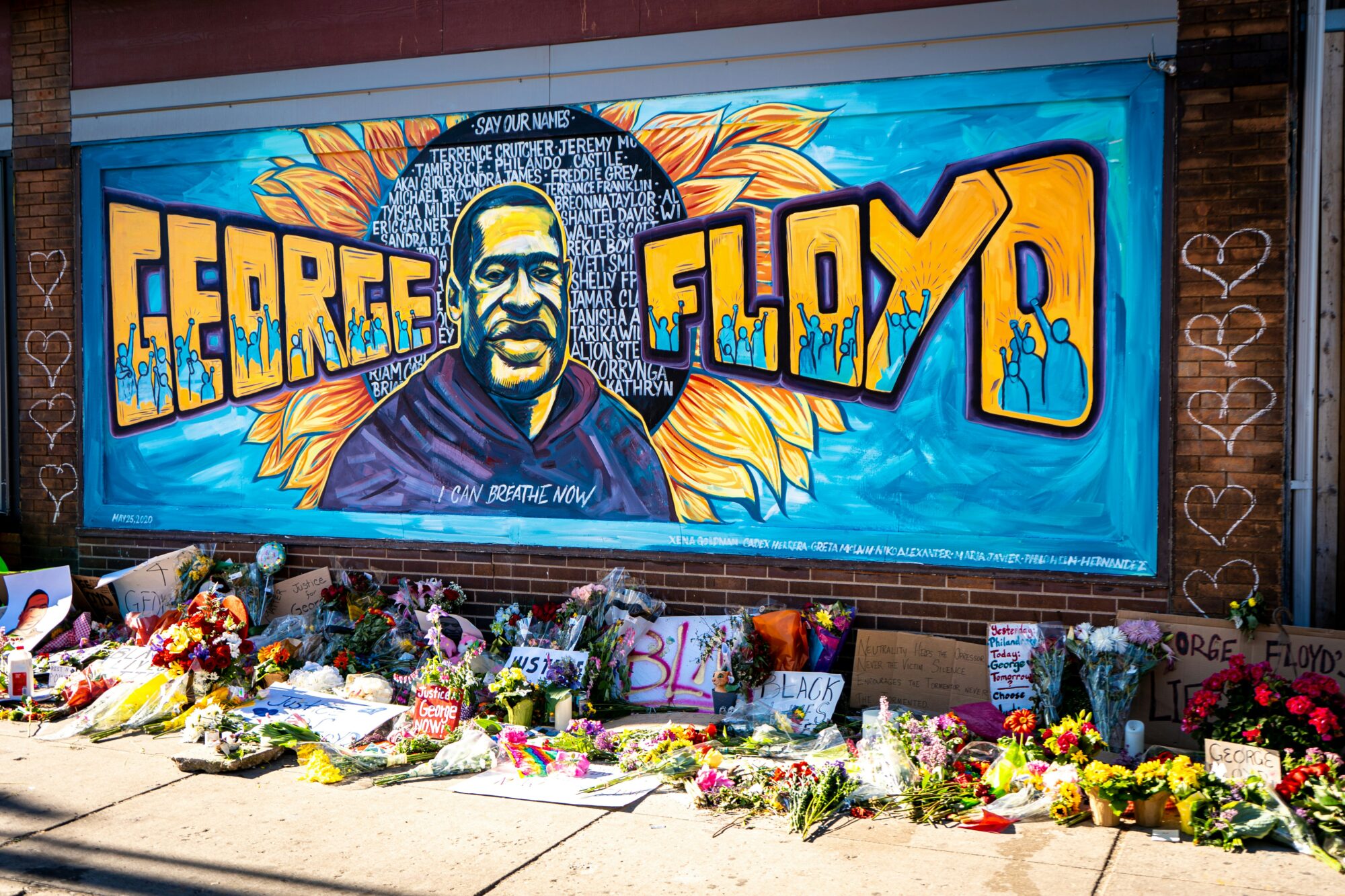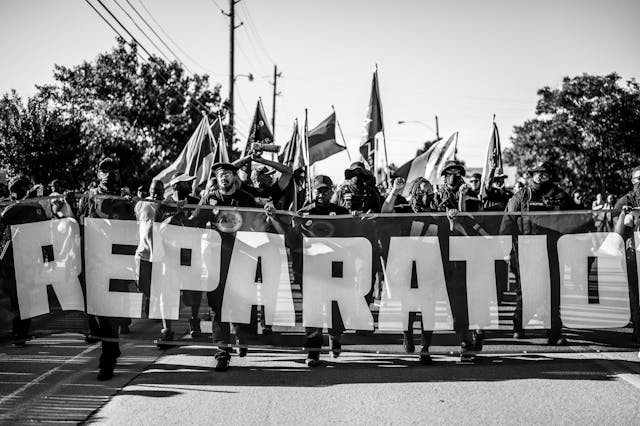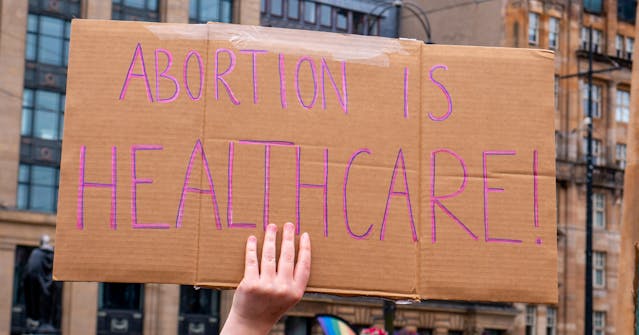
by Janie Boschma and Ronald Brownstein
In almost all major American cities, most African American and Hispanic students attend public schools where a majority of their classmates qualify as poor or low-income, a new analysis of federal data shows.
This systemic economic and racial isolation looms as a huge obstacle for efforts to make a quality education available to all American students. Researchers have found that the single-most powerful predictor of racial gaps in educational achievement is the extent to which students attend schools surrounded by other low-income students.
Underscoring the breadth of the challenge, the economic segregation of minority students persists across virtually all types of cities, from fast-growing Sunbelt places like Austin, Denver, Dallas, and Charlotte to struggling Rust Belt communities like Detroit, Cleveland, and Milwaukee, to the nation’s largest metropolitan centers, including New York, Los Angeles, Chicago, and Houston. But cities, educators, and researchers are also exploring new ways to abate the negative impact of concentrated poverty on black and brown students. (read more)








